Digital transformation and green transformation were two issues of interest to many National Assembly deputies at the discussion session on the morning of October 29 on the results of the implementation of the 2025 socio- economic development plan; the expected socio-economic development plan for 2026; and the results of the implementation of the National Assembly's resolutions on the 5-year plan for the 2021-2025 period.
Need a long-term vision
The delegates' assessment shows that on the basis of implementing the Resolution of the 13th National Party Congress, over the past 5 years, we have been carrying out two major transformations: digital transformation and green transformation, achieving very impressive and proud results.
This is shown through figures such as Vietnam's Global Innovation Index in 2025 ranked 44th out of 139 countries and territories. Digital infrastructure is strongly developed, 100% of communes have fiber optic cables, 5G coverage reaches 26%.
Digital government and digital economy have made great strides, saving large social costs with the 2024 e-Government Development Index ranked 71/193. The Sustainable Development Index ranked 51/165, ranking top in ASEAN.
Renewable energy has an increasingly high proportion in the structure and production deployment of 1 million hectares of low-emission rice in the Mekong Delta.
However, our country is facing challenges in the transformation process, not only technical in nature but also related to institutions, resources, awareness of the digital divide and competitiveness.
Delegate Ta Dinh Thi ( Hanoi ) raised a series of challenges, such as the localization rate in technology production reaching only about 36.6%, heavily dependent on the FDI sector accounting for about 75% of exports.
Domestic enterprises, especially small and medium enterprises, have not yet established a position in the global value chain. Supporting industries are developing slowly, labor productivity in the 2021-2025 period increased by only 5.24%/year, lower than the target and significantly lower than other countries in the region. There is a shortage of high-quality human resources in key areas.
For green transformation, the pressure on energy and resources is increasing. The negative impacts of climate change, especially natural disasters and extreme weather, are becoming more complex.
The Mekong Delta, a key agricultural production area, is being severely affected by saltwater intrusion and landslides. In addition, the economy still depends heavily on resource exploitation and cheap labor.
The proportion of manufacturing and processing industry in GDP is about 24.7%. The state budget is still limited, has not strongly attracted private investment capital in green projects, and has not effectively exploited the potential of digital technology to promote a circular economy and reduce emissions.
Lack of integrated models between digital technology and green solutions in production and consumption.
“Digital transformation and green transformation are not short-term races, but fundamental and comprehensive transformations, requiring perseverance, determination, drastic measures and synchronization in direction, management and implementation,” delegate Thi emphasized.

Prime Minister Pham Minh Chinh attends the meeting. (Photo: Doan Tan/VNA)
To overcome these challenges, delegates said that a long-term vision with specific, appropriate steps and drastic actions is needed, with the synchronous implementation of resolutions, especially the Party's resolutions and the policies that the National Assembly is considering approving at this session, will help to more clearly shape the image of Vietnam in the new era as a digital and green nation.
The delegate made a number of proposals, emphasizing that we should not only catch up but also lead in a number of key areas of the fourth industrial revolution with a vibrant startup and technology ecosystem, R&D centers on AI, semiconductors and world-class research institutes.
Building a comprehensive digital society, with people and businesses at the center. Forming a dynamic digital economy with an increasingly large contribution to GDP based on the Make in Vietnam technology platform with regional and global technology brands.
Developing low-carbon agriculture, green industry and sustainable services, the Mekong Delta has become a global symbol of climate change adaptation.
Make the most of wind, solar, and biomass to ensure energy security and clean energy exports. Vietnam is an attractive destination for sustainable tourism with rich natural and cultural heritage preserved and promoted, especially the coastal areas with majestic nature.
Understand and act for carbon markets
Sharing the same concern about green transition, delegate Nguyen Thi Viet Nga (Hai Phong) said that developing the carbon market is an essential tool to achieve the goal of net zero emissions by 2050.
The Government has identified proactive responses to climate change, promoting green transformation, developing a circular economy, and reducing greenhouse gas emissions. However, reality shows that the development of a domestic carbon market is still slow compared to the set roadmap.
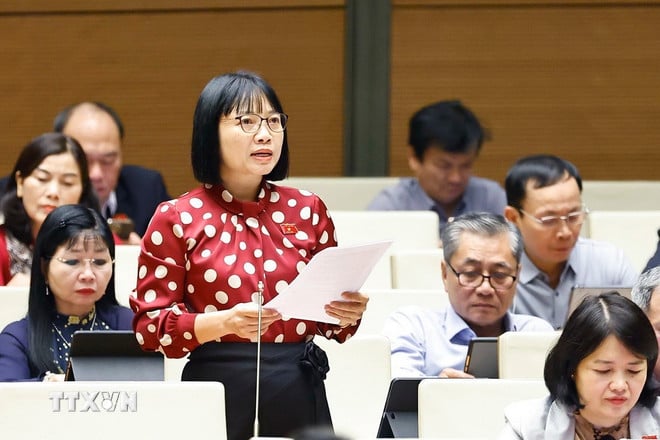
National Assembly delegate of Hai Phong city Nguyen Thi Viet Nga speaks. (Photo: Doan Tan/VNA)
Vietnam is currently in the preparation phase for the pilot operation of the carbon trading floor (2025-2027), with more than 1,900 large emission facilities listed. However, only about 20% of enterprises have completed emission inventory reports. This is the biggest bottleneck, preventing the carbon market from operating strongly and becoming an effective economic tool in reducing emissions.
“If an effective carbon market is not formed soon, Vietnamese enterprises exporting to the EU, Japan, and the US will have to pay a "border carbon tax (CBAM)," reducing the competitiveness of national goods,” this delegate warned.
In reality, the concept of “carbon market” is still very unfamiliar to most people and businesses. Many people still consider “climate change as a story somewhere far away,” not realizing the connection between the use of electricity, gasoline, or daily consumption of goods with global emissions. According to a delegate from Hai Phong city, “when society does not understand and businesses do not care, even if there is a legal corridor, the market will only exist in form, lacking liquidity and development motivation. Therefore, developing the carbon market is not only an institutional issue, but also a social awareness issue.”
Ms. Nga recommended that the Government direct a national communication program on “correct understanding and action for the carbon market,” combining basic knowledge about emissions, carbon credits, and green consumption into schools, television, digital platforms, and business training courses.
To develop the carbon market substantially, according to delegate Nguyen Thi Viet Nga, it is necessary to focus on perfecting the legal framework for the carbon market, clearly defining the mechanisms for transactions, auctions, monitoring, and handling violations. Building a system to monitor, count, and confirm actual emissions in a transparent, independent manner at the national level, consistent among ministries, branches, and large-emitting enterprises. Promoting mass media and community education, considering media as a "soft breakthrough" in achieving the goal of reducing emissions, arousing the spirit of initiative and creativity from each citizen and each enterprise./.
(TTXVN/Vietnam+)
Source: https://www.vietnamplus.vn/dinh-hinh-ro-hon-hinh-anh-viet-nam-trong-ky-nguyen-moi-la-quoc-gia-so-post1073521.vnp



![[Photo] National Assembly Chairman Tran Thanh Man received a delegation of the Social Democratic Party of Germany](https://vphoto.vietnam.vn/thumb/1200x675/vietnam/resource/IMAGE/2025/10/28/1761652150406_ndo_br_cover-3345-jpg.webp)
![[Photo] Prime Minister Pham Minh Chinh chaired a meeting to discuss solutions to overcome the consequences of floods in the central provinces.](https://vphoto.vietnam.vn/thumb/1200x675/vietnam/resource/IMAGE/2025/10/29/1761716305524_dsc-7735-jpg.webp)

![[Photo] Flooding on the right side of the gate, entrance to Hue Citadel](https://vphoto.vietnam.vn/thumb/1200x675/vietnam/resource/IMAGE/2025/10/28/1761660788143_ndo_br_gen-h-z7165069467254-74c71c36d0cb396744b678cec80552f0-2-jpg.webp)

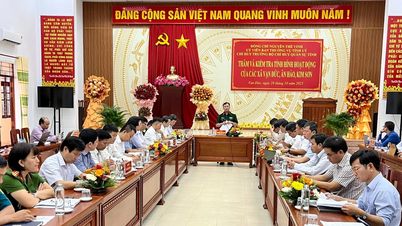



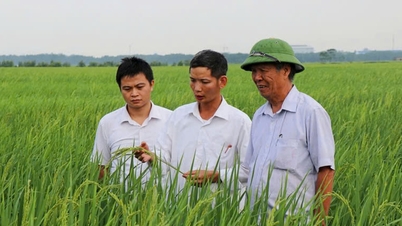






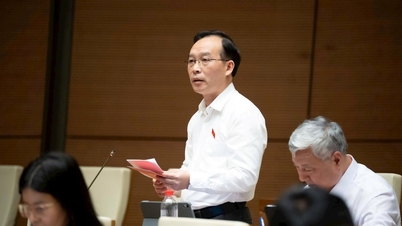
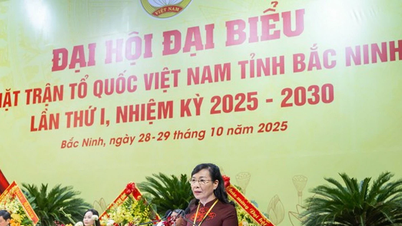
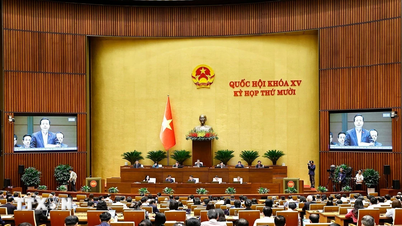
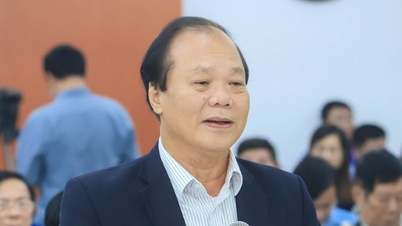

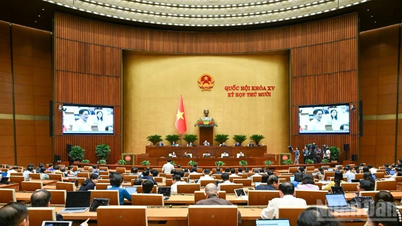





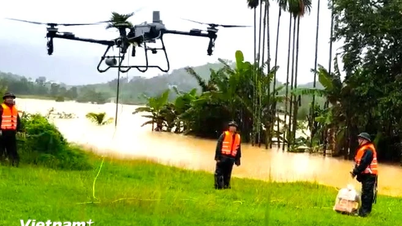


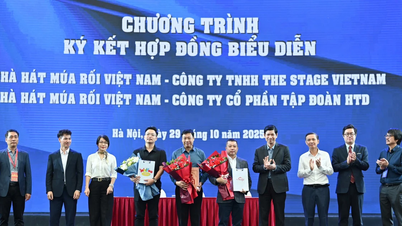

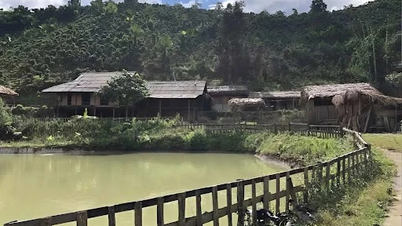
![[Photo] Draft documents of the 14th Party Congress reach people at the Commune Cultural Post Offices](https://vphoto.vietnam.vn/thumb/1200x675/vietnam/resource/IMAGE/2025/10/28/1761642182616_du-thao-tai-tinh-hung-yen-4070-5235-jpg.webp)



























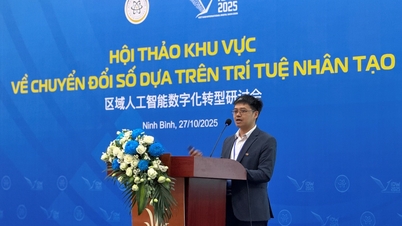








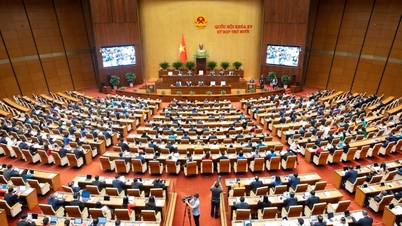


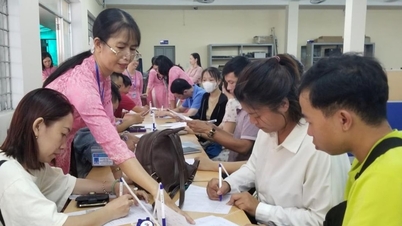
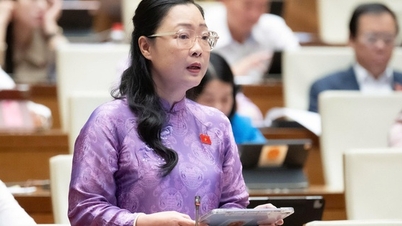

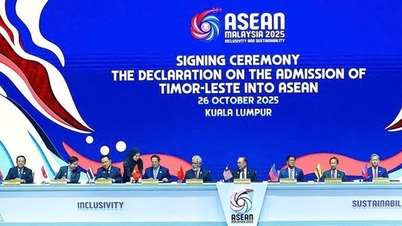



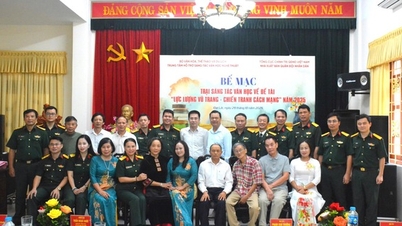









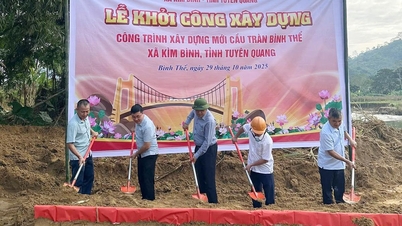

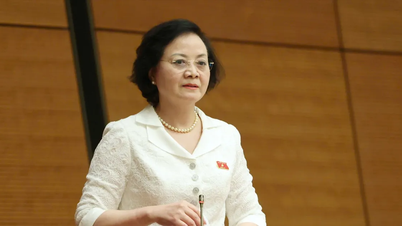















Comment (0)